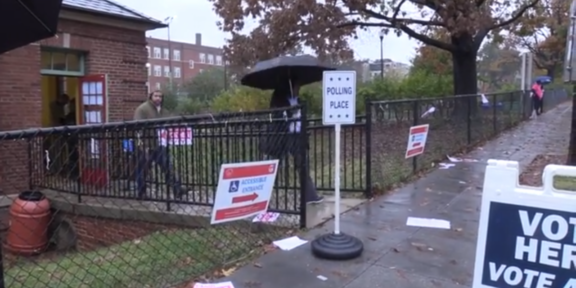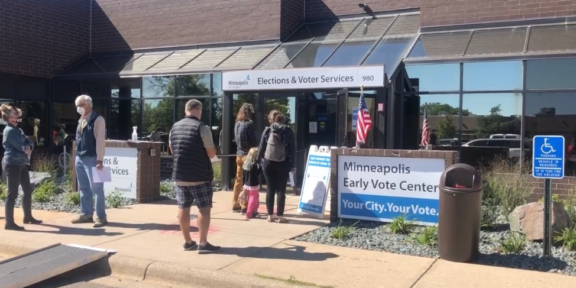By Sabreen Dawud
President Joe Biden’s budget plan for 2024 proposes free tuition at U.S. community colleges and includes $90 billion in discretionary spending for the U.S. Department of Education.
Published on March 7, the budget is not expected to pass Congress as of now but demonstrates the initial steps towards increased access to higher education in the U.S.
Biden’s plan also increases the maximum federal Pell Grant, a program intended to provide financial assistance to undergraduate students from low-income households.
Currently at $7,395, the budget plan proposes raising it to $8,215 for the 2024-2025 school year.
The budget would grant the Office of Federal Student Aid $2.7 billion, an increase of $620 million since the 2023 fiscal year.
Community college educators such as Amy Garcia, an adjunct professor of American Sign Language and coordinator of virtual campus services for the County College of Morris, shared her perspective on the costs of community college.
“College, whether it be a four-year or two-year institution, is costly. There are expenses other than tuition that need to be factored into your overall decision to pursue your education,” she said. “While community college cost per credit may be less than a four-year institution, it is still costly for those experiencing financial hardship.”
Students like Rachel Hightower, who is studying at the College of Southern Maryland, note the importance of financial assistance for higher education students. As a recipient of several scholarships and the Pell Grant, Hightower acknowledges the impact these forms of aid have had on her experiences.
“Attending community college has given me the opportunity to save a significant amount of money while getting my education,” she said. “However, there was a period when I didn’t qualify for the Pell Grant, so my college expenses were out of pocket, making it harder to pay for different fees like books, tuition, lab fees, etc.”
According to students like Gianna McConnon, an attendee of County College of Morris, tuition-free community college would open doors for her to expedite her learning process as well.
“I think if school was fully free, I would be able to take more classes at a time in return allowing me to finish school faster,” she said. “Since that is not the case, I have to only take a couple classes at a time.”
With financial aid in higher education benefiting many students in lower-income, marginalized communities, educators also highlight the value this plan could have on increased access to education for a wide array of students.
“I absolutely believe there is a need for equity in the accessibility to pursue your education,” Garcia said. “There are many underrepresented and marginalized populations that are not given an equitable opportunity to even consider higher education as an option in their lives.”











